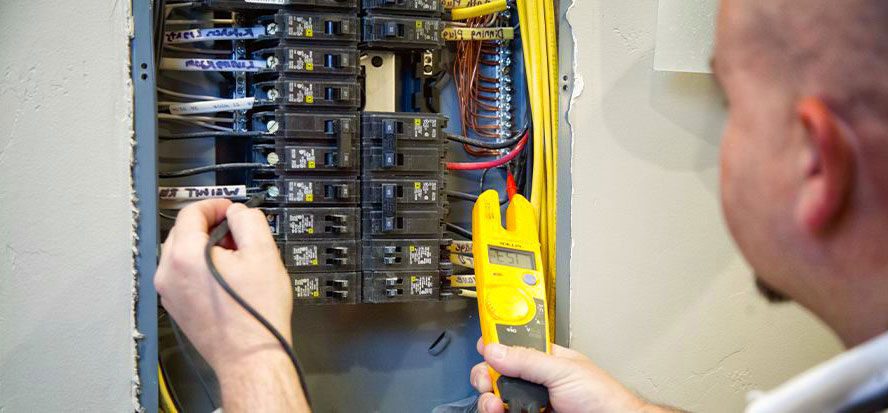Fuses
The most common type of fuse consists of a filament or metal wire encased in a glass, ceramic, or metal box. All the fuses are plugged into a centralized fuse box. The role of the fuse box is to ensure that the electricity passes unobstructed between the different currents. When the electricity is not flowing normally or an overload occurs, the filament melts, effectively stopping the flow of electricity. This is known as “blowing” a fuse.
Fuse boxes are generally found in older homes and buildings. The greatest risk involved with a fuse box comes from overloading the fuses. With today’s focus on electrical appliances, most houses now require more circuits than are available in a standard fuse box, which can result in overloaded, or “blown,” fuses. This is an extreme fire hazard, as the wires tend to get hot and can easily spark. Changing fuses can also be incredibly difficult.
Breakers
A circuit breaker can have either a bi-metal or an electromagnet strip. The breaker is designed to allow an electrical current to pass along the strip. When the current is too strong or is in danger of overloading, a metal switch is tripped, breaking the current flow. In order to re-establish the current, the switch simply needs to be flipped back to its initial position. All breakers are usually contained within a breaker box.
Breakers are usually considered the safer choice. Since all the breakers are separate (and hopefully marked), it also makes it easy to turn off individual currents to do electrical work within the house.


